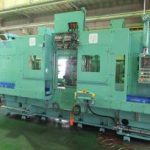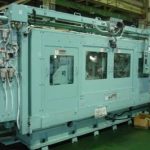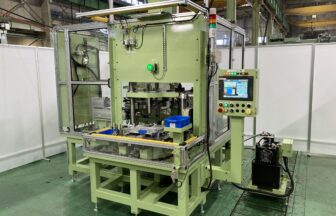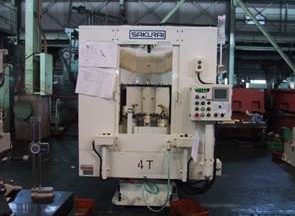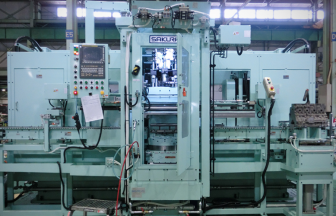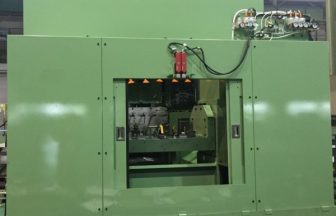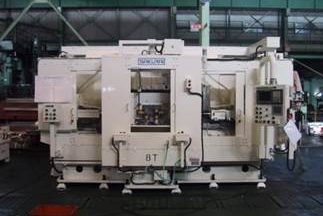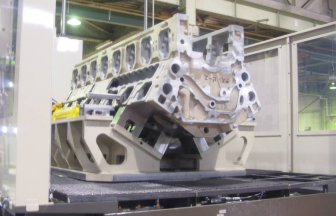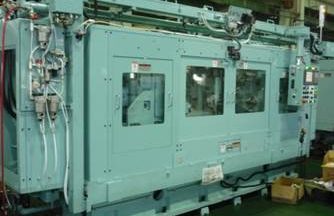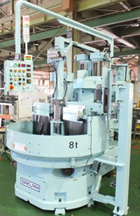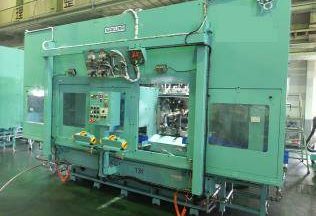Customer case study-4785
This product is a machine tool named “3CUBIC 4INDEX MC” at SAKURAI.
As the name suggests, this machine tool uses three multi-axis head-changing machines with indexes arranged on them.
Three conventional CUBICs are used, with the ability to change machining stations by means of an automatic pallet changer.
3 stations at 28 seconds per station 2 shots. A total of 6 shots of processing is completed.
CUBIC can accommodate 4 multi-axis heads on each station, so it can be used for multiple models by changing the jig plates.
CUBIC itself is highly versatile, and multi-axis heads that have been mass-produced can be easily replaced.
By attaching an index to each station, the workpiece to be machined can be machined on four sides.
Reducing the number of equipment saves space on the flex line and reduces the number of operators.
Since the workpiece does not have to be moved from one facility to another, the number of dents caused by removing and attaching the workpiece can be reduced.
Machining is performed by a multi-axis head, so machining accuracy is more stable than with machining.
| Contents | |
|---|---|
| Target work | 4-wheel transmission case |
| Cycle time | 45 seconds (processing only) |
| Standard delivery time |
|---|
| 10 months after order receipt |
The product images shown are only examples. When considering upgrading existing equipment, there are no restrictions on the manufacturer or specifications of the robot used.
All of our products are proposed based on the customer’s requests after hearing the details of the customer’s production line layout, capacity, product outline, and personnel allocation.




